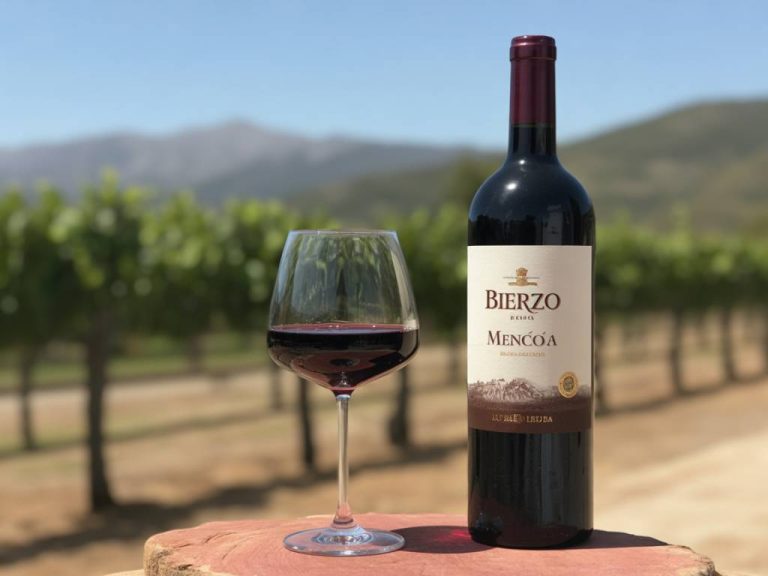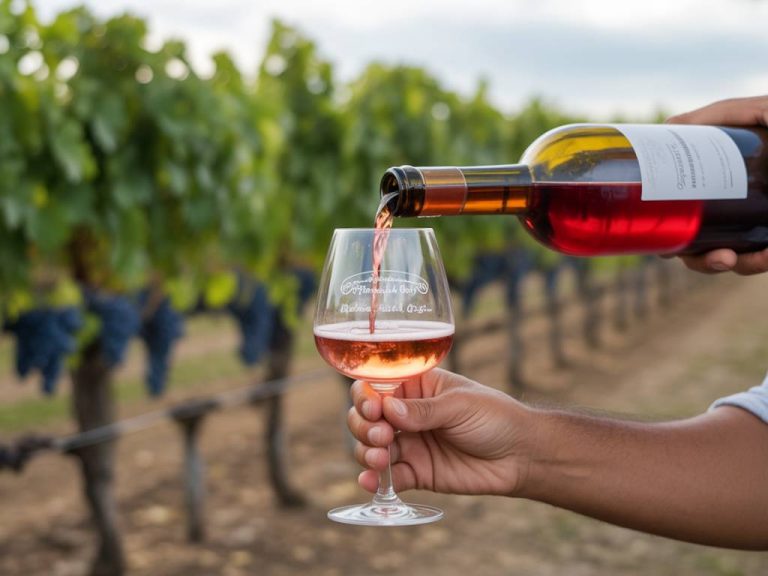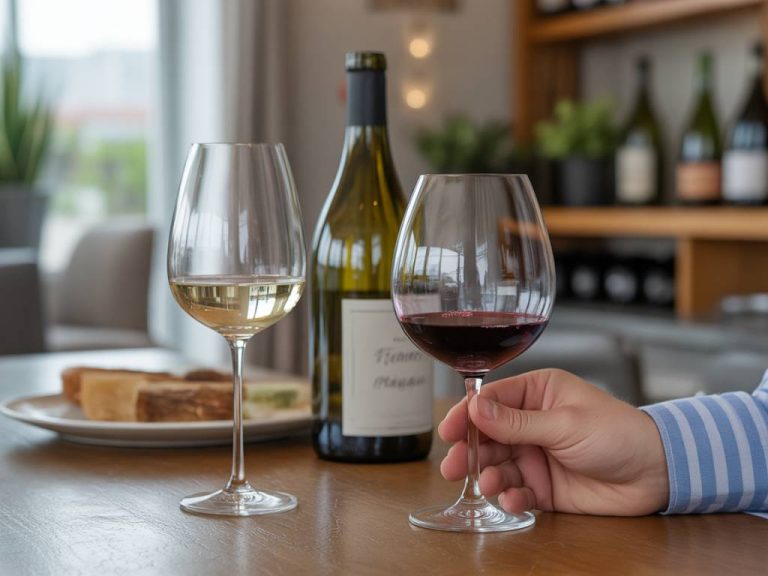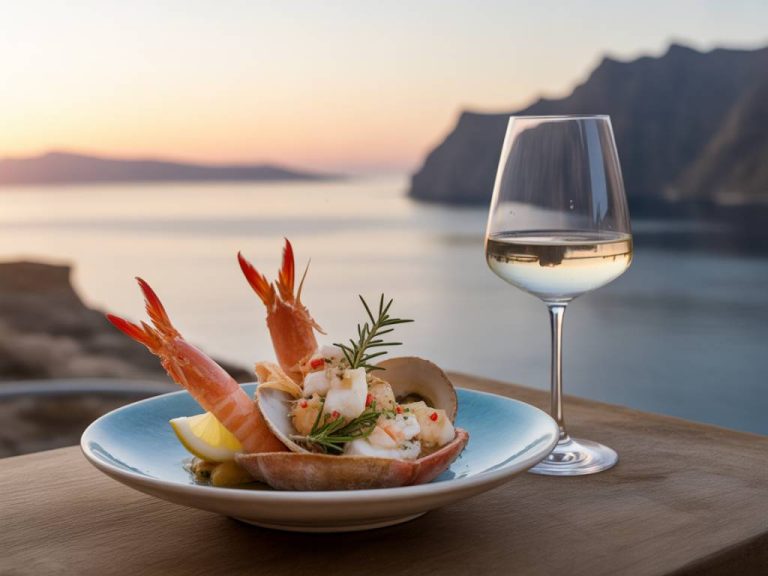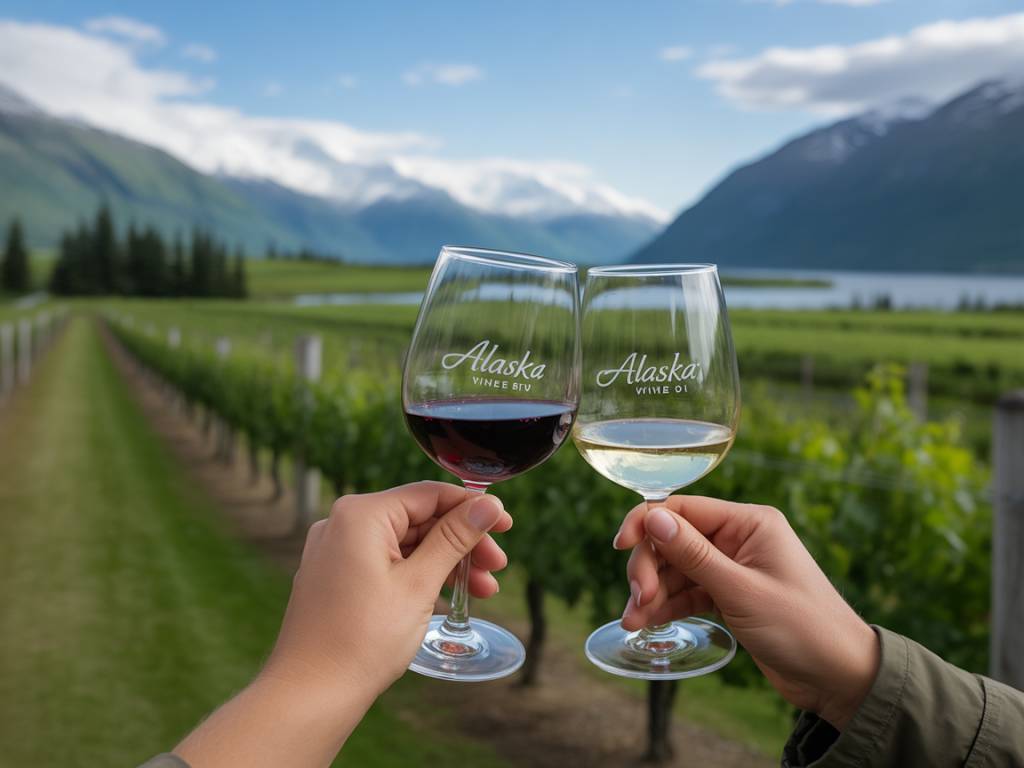
How to build the perfect itinerary for your Alaska wine tour
Understanding Alaska’s Unique Wine Landscape
When most people think about wine country, Alaska doesn’t exactly top the list. But that’s precisely what makes it so intriguing. Alaska’s wine scene is a blend of adaptability, creativity, and connection with nature—less about expansive vineyards and more about local craftsmanship and innovation. Here, wine isn’t grown—it’s created. Fruit wines, berry blends, meads—Alaskan wineries work with what the land gives them: wild blueberries, rhubarb, salmonberries, and even spruce tips.
Planning a wine tour in such a setting requires a slightly different approach. Instead of plotting a straight line between châteaux and sun-drenched terroirs, you’re crafting a route that weaves through mountainscapes, artisanal tasting rooms, and small-batch producers who pour their passion into every bottle.
Know What Kind of Wine Experience You’re Looking For
Before we get into maps and mileage, start by determining your wine travel style. Are you:
- Curious about unique fruit wines and regional fermentations?
- Interested in wine & food pairings with local Alaskan ingredients?
- Hoping to combine outdoor adventure with wine tasting stops?
Your answers will define the tone of your itinerary. Some travelers want to explore multiple tasting rooms per day. Others prefer quality time at one or two key stops with added experiences—think guided berry foraging or wine-blending sessions. Know your rhythm and let it guide your planning.
Map Out Key Wine Destinations in Alaska
Now for the practical part: where to go. Alaska offers a handful of standout spots that are very much worth a visit. Let’s break them down by region to make your route easier to visualize.
Anchorage Area
Start (or end) your tour in Anchorage. Home to Alaska Denali Winery, the heart of our blog and a must-visit for any wine lover exploring berries beyond the grape. Here, you’ll find a broad selection of make-your-own-wine kits, tasting flights, and plenty of hands-on activities. Don’t miss their award-winning pomegranate zinfandel or the semi-sweet raspberry merlot.
Give yourself time to explore the tasting process here—you might even bottle your own wine. Local tip: Weekdays tend to be less crowded, offering a more relaxed tasting room experience.
Palmer and the Mat-Su Valley
About an hour’s drive northeast of Anchorage, Palmer sits in the fertile Matanuska-Susitna Valley. While grapes struggle to grow here, apples, rhubarb, and berries thrive. At the Bear Creek Winery – Palmer Tasting Room, you can sample fruit wines that speak directly to Alaskan soil and climate. Think apple-honey blends with crisp acidity and rhubarb wines that sing with local character.
Be sure to pop into local farmers markets if you’re passing through during the summer. Some small-scale winemakers sell their seasonal blends exclusively there.
Homer
A longer drive, but well worth it if you’re looking to soak up scenic views and explore southern Alaska. Bear Creek Winery, Homer, offers well-crafted, small-batch fruit wines with a cozy tasting room and on-site lodging. It’s ideal if you want to slow down, sip, and settle in. Their blueberry riesling is a standout—light, fragrant, and unapologetically fruity.
The setting here is dreamy: think vineyard-garden hybrid with a backdrop of the Kenai Mountains. It’s easy to lose track of time. That’s kind of the point.
Merge Adventure with Wine
One of Alaska’s biggest assets is its wild, open-air lifestyle. Try integrating your wine explorations with the great outdoors. Wine tour by day, glacier hike by morning? Absolutely possible.
- Seward Day Trip: Drive from Anchorage to Seward along the spectacular Seward Highway (a jaw-dropping road trip in itself). Spend your morning kayaking or exploring Exit Glacier, then return for a detour to a nearby brewery or winery pop-up in tourist season.
- Hatcher Pass: Hike through alpine meadows and end your day back in Palmer with a relaxing tasting session.
- Knik Glacier: Consider a guided tour that includes wine tastings in the wilderness—there are a few bespoke outfitters offering such combinations locally.
Alaska rewards those who know how to blend rugged with refined. Bring a raincoat in one hand, a wine glass in the other.
Logistics That Make the Difference
A successful wine tour isn’t just about where you go—it’s about smart planning. Here are a few technical tips to keep your trip running smooth as a silky pinot noir.
Time of Year
Summer—specifically June to early September—is the golden window. Long days (hello, midnight sun), open roads, and full access to tasting rooms, many of which close or reduce hours in the off-season. If you come in winter, expect limited options and focus on Anchorage-based activities.
Transportation
Car rental is your best bet. Public transportation is limited outside major towns. Driving allows flexibility, and you’ll want to pull over frequently for scenic spots. If you prefer not driving after tastings (good call), consider hiring a local wine tour company that handles transport between stops.
Booking Tastings in Advance
Many Alaskan wineries are small-scale and family-run, which often means limited hours or by-appointment-only tastings. Call ahead, especially if you’re visiting with a group or during shoulder season. Trust me, showing up unannounced in rural Alaska doesn’t always yield the best wine experience.
Make Room in Your Luggage
You will want to bring bottles home. Most fruit wines from Alaska aren’t distributed outside the region. If you’re flying, check wine luggage options or wrap bottles carefully in your suitcase using clothes. Better yet, ask wineries if they ship—some do, regulations permitting.
What to Taste and Why It Matters
Alaskan wines aren’t here to compete with Napa or Bordeaux—they’re telling a different story. And that’s worth listening to.
- Blueberry Wines: Intense in flavor, slightly tannic if fermented with skins, and capable of dry or sweet renditions.
- Rhubarb Wines: Crisp, high-acid alternatives to white wines. Often beautifully off-dry, great with goat cheese or seafood.
- Spruce Tip Meads: Gifted with soft herbal notes and effervescence, meads flavored with wild spruce tips reflect true forest character.
- Black Currant Blends: Deep color, high in antioxidants, and a nostalgic, jammy profile that pairs well with game meats.
Trying these styles side-by-side is one of the unique joys of touring Alaska’s wine scene. You’re tasting not only handmade beverages—you’re tasting ecosystems.
Make It Personal
What sets Alaska’s wine community apart is its intimacy. These aren’t high-volume facilities pushing for prestige. They’re small, heartfelt operations where winemakers still pour and label bottles themselves. Take time to chat with them. Ask how the berries were harvested. What fermentation methods they use. What inspired this cider or that port-style mead.
You’ll leave with more than a bottle—you’ll carry a story. That’s not something you get in every wine region.
The Final Pour
Crafting the perfect Alaskan wine tour isn’t about checking off wine regions. It’s about seeking out flavor where you least expect it. Allow time to wander, meet the people behind the pours, and sip slowly. You’re exploring not just wines, but the resilient creativity of Alaskan makers and the wild ingredients of a land that plays by its own rules.
And if along the way you find yourself sipping rhubarb wine beside a glacier-fed stream with a piece of smoked salmon in hand—well, you’ve done it right.
